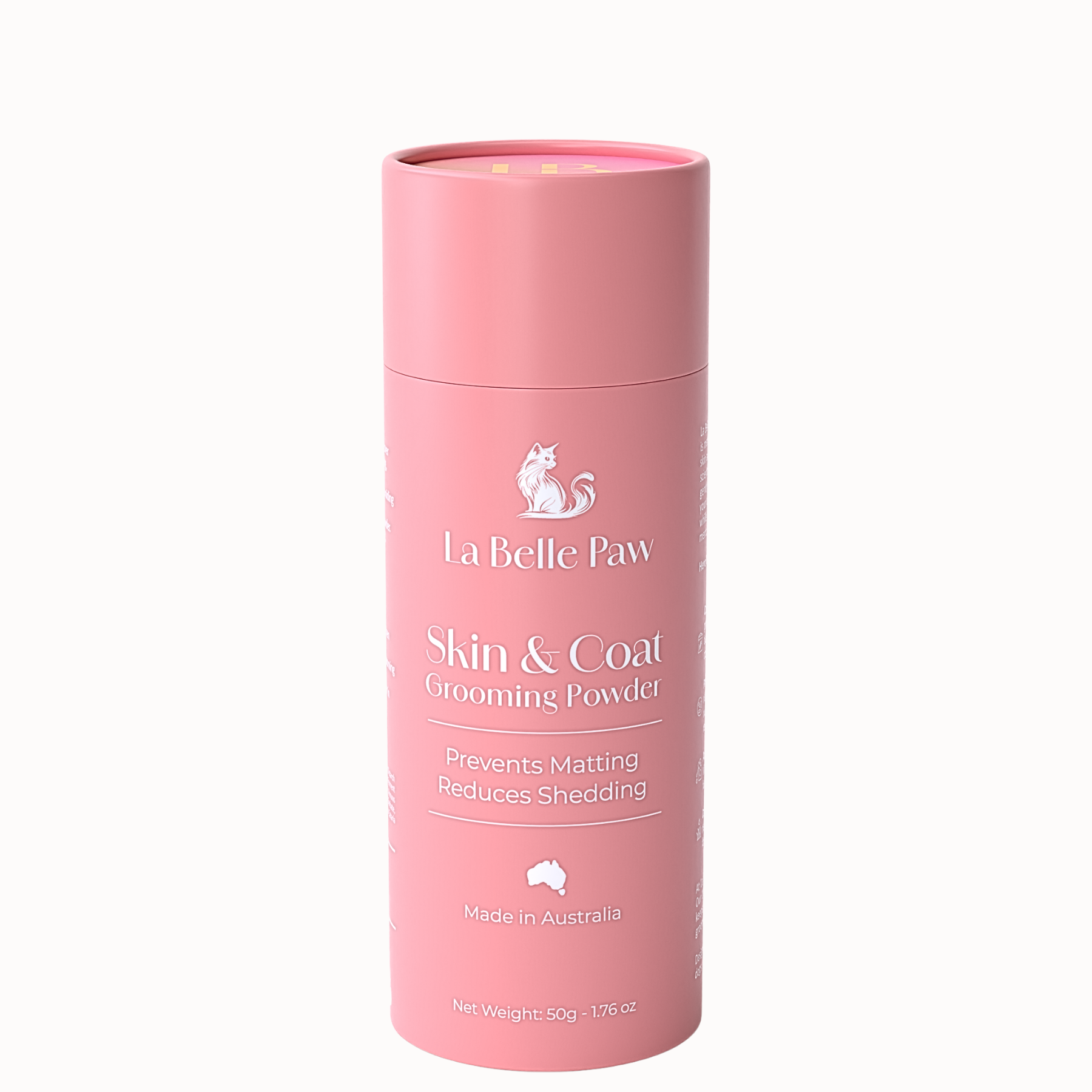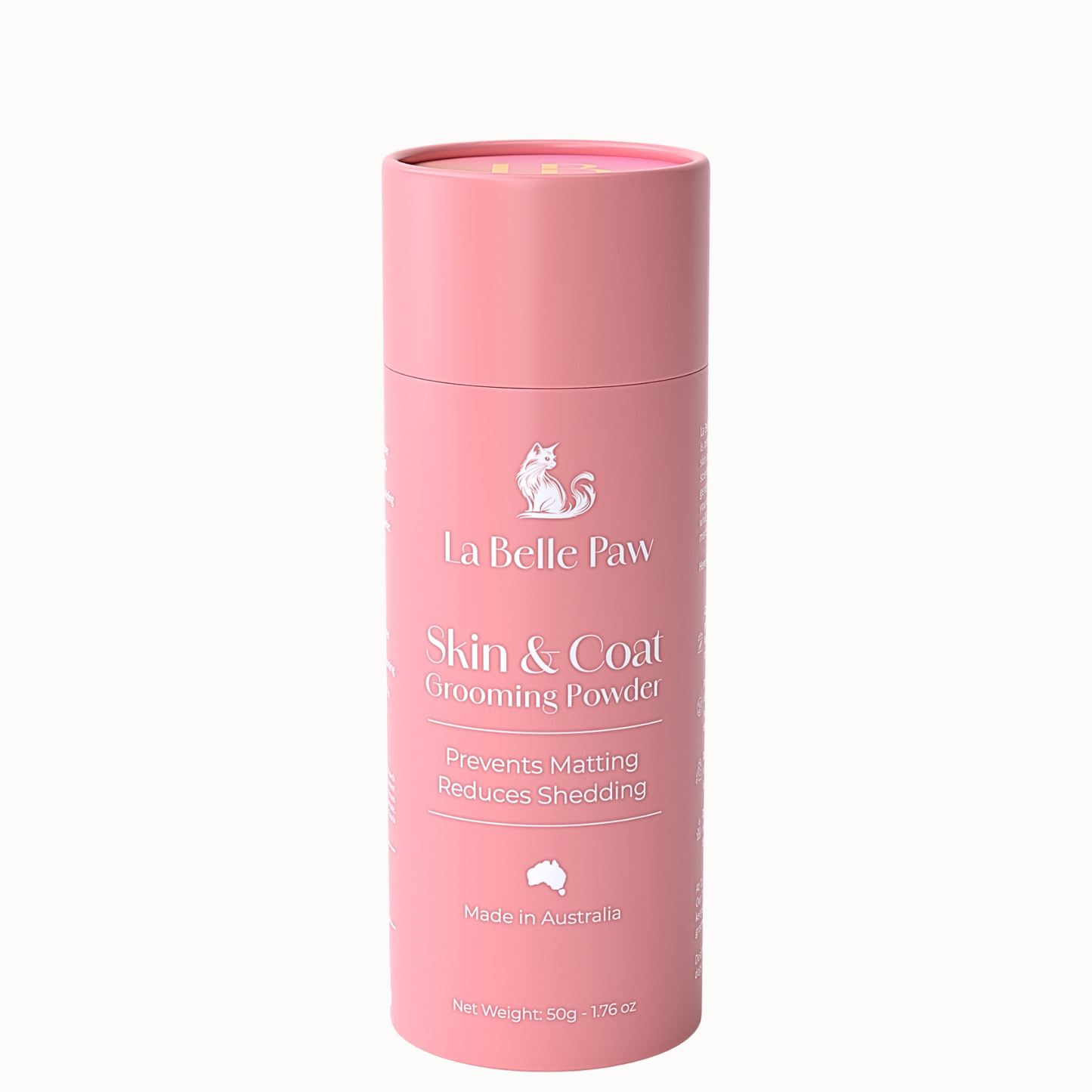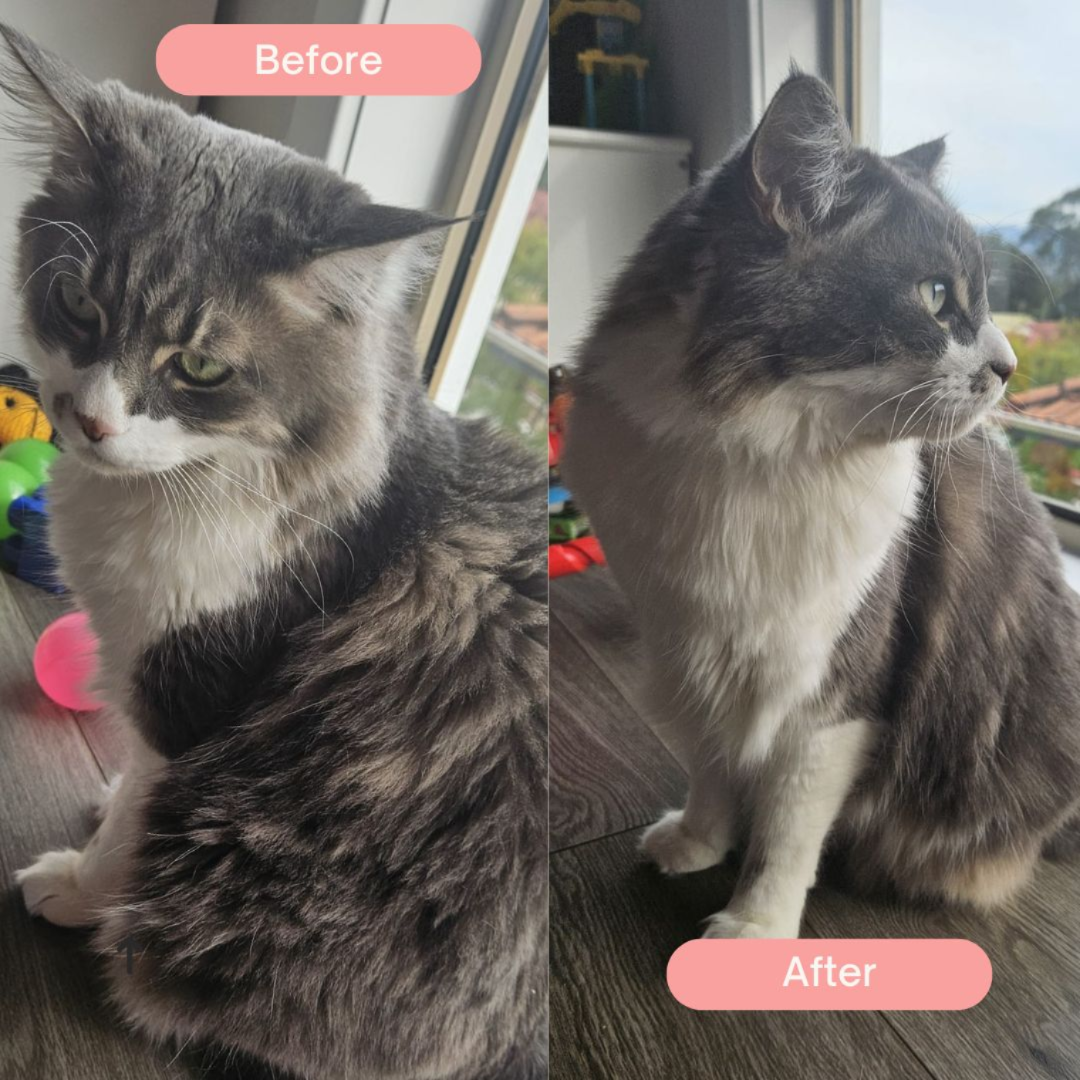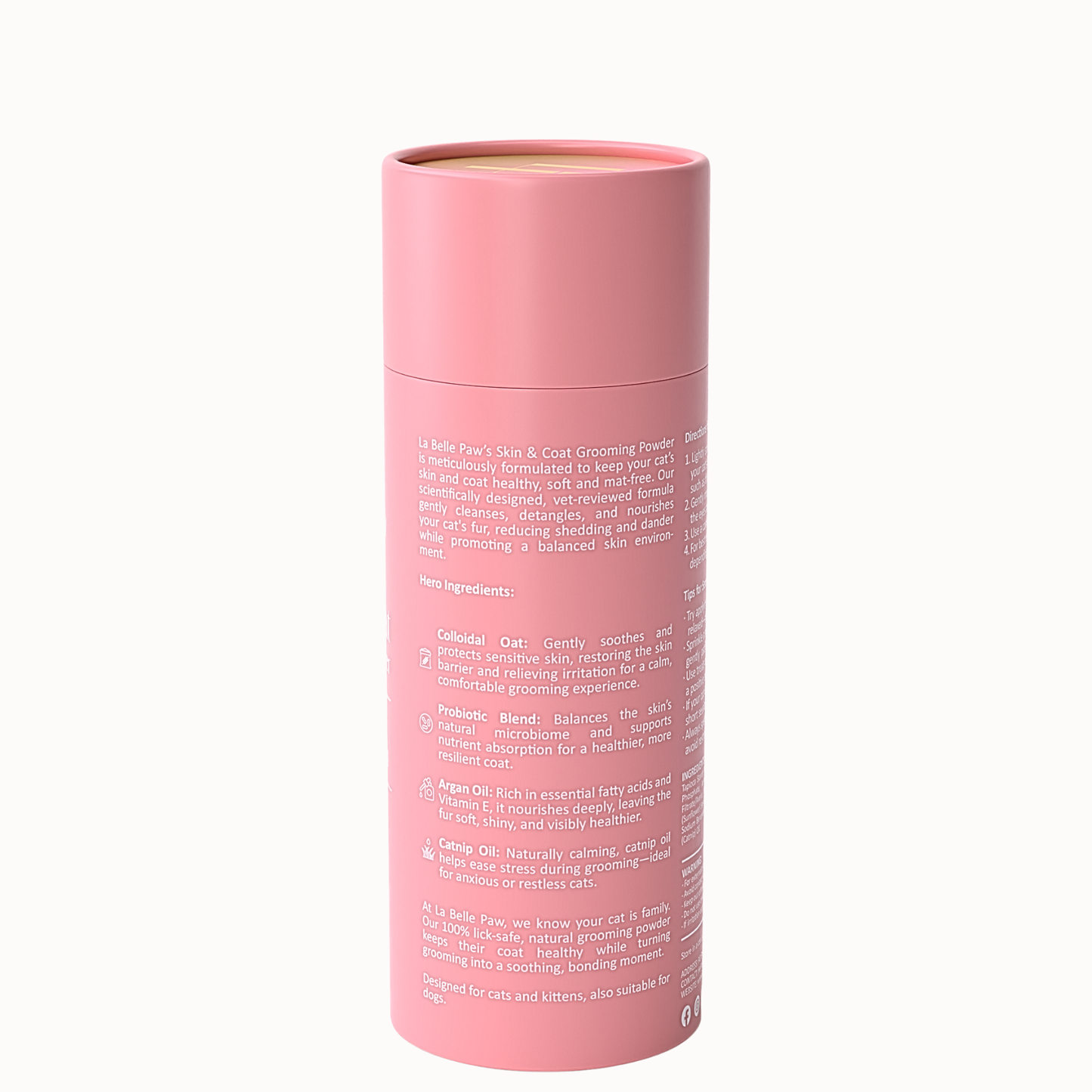
How to Reduce Cat's Anxiety during Grooming?
Share
Low-Stress Handling Techniques for Cat Grooming
Introduction
Grooming is an essential part of caring for your cat, but it can often be a stressful experience for both you and your feline friend. Cats are naturally independent and don’t always appreciate being handled or restrained. However, with the right approach and techniques, grooming can become a positive experience that strengthens the bond between you and your cat. Drawing on insights from Anita Kelsey, a renowned cat behaviorist and grooming expert, this guide will show you how to implement low-stress handling methods to make grooming a pleasant routine.
Why Low-Stress Grooming Matters
Cats can be resistant to grooming because it involves close contact and restraint, which many cats find uncomfortable. Anita Kelsey emphasizes the importance of approaching grooming with patience and understanding. Here’s why low-stress grooming techniques are crucial:
- Avoids Negative Associations: Forcing a cat into a stressful grooming session can create negative associations with grooming tools and even with you as their owner. Using gentle techniques helps keep your cat calm and cooperative.
- Health Benefits: Regular, low-stress grooming not only keeps your cat clean but also allows you to check for health issues such as mats, skin problems, or parasites. Early detection of these issues can prevent more serious health problems down the line.
- Enhanced Bonding: Grooming sessions, when handled gently, can be an excellent opportunity for bonding. Cats are more likely to accept and even enjoy grooming if it is done in a way that respects their comfort and boundaries.
Creating a Relaxing Environment
The environment you choose for grooming plays a critical role in how your cat responds to the experience. Anita Kelsey provides the following tips for setting up a cat-friendly grooming space:
- Choose a Quiet Room: Select a calm, quiet room where your cat feels safe. Avoid areas with loud noises or sudden movements that can startle your cat.
- Familiarize Your Cat with the Tools: Before starting, let your cat explore the grooming tools. Allow them to sniff and investigate each item to reduce any fear or anxiety associated with unfamiliar objects.
- Use Calming Aids: Products like Feliway, a synthetic cat pheromone spray, can help create a calming atmosphere. Spray it around the grooming area or on a blanket to help your cat feel more at ease.
- Maintain a Calm Demeanor: Your cat can pick up on your emotions, so it’s essential to remain calm and composed. Speak softly and move slowly to avoid making your cat feel threatened.
Gentle Restraint Techniques
Unlike dogs, cats are much less tolerant of strong physical restraint. Anita Kelsey advocates for gentle handling techniques that provide security without causing distress:
- The ‘Kitty Burrito’ Method: This technique involves wrapping your cat in a towel, leaving only the part you need to groom exposed. This not only helps keep your cat calm but also prevents scratching or sudden movements.
- Supportive Positioning: Hold your cat in a comfortable position, supporting their body without pressing too hard. Keep one hand gently on their back or side, and use the other to groom.
- Take Breaks as Needed: If your cat shows signs of stress—such as growling, hissing, or trying to escape—pause the session and allow them to relax before continuing. Forcing a stressed cat to endure grooming can make future sessions more difficult.
- Reassure with Your Voice: Speak to your cat in a calm, soothing voice throughout the grooming session. This helps reassure them and creates a positive association with the activity.
How to Implement Low-Stress Grooming Techniques
- Start Slowly: Begin by grooming your cat in short sessions, focusing on one part of their body at a time. Gradually increase the duration as your cat becomes more comfortable.
- Choose the Right Tools: Use brushes and combs that are appropriate for your cat’s coat type. For example, a slicker brush works well for long-haired cats, while a bristle brush is ideal for short-haired breeds.
- Reward Positive Behavior: Offer treats or affection during and after grooming sessions to reinforce positive behavior. This will help your cat associate grooming with rewards and make them more willing to participate.
Common Mistakes to Avoid
- Using Strong Restraints: Avoid using muzzles or tight restraints, which can increase your cat’s stress and make grooming sessions more challenging.
- Ignoring Stress Signals: Pay attention to your cat’s body language. If they show signs of stress or aggression, stop and try again later. Pushing through stress can create a negative association with grooming.
- Rushing the Process: Take your time and be patient. Rushing through grooming can cause your cat to become anxious and resistant in future sessions.
Conclusion
Grooming doesn’t have to be a stressful experience for you or your cat. By following Anita Kelsey’s low-stress handling techniques, you can transform grooming sessions into a positive, bonding activity. Remember to create a calming environment, use gentle restraint methods, and be patient with your cat’s comfort level. With consistent, low-stress grooming, your cat will not only look good but also feel more comfortable and confident.





